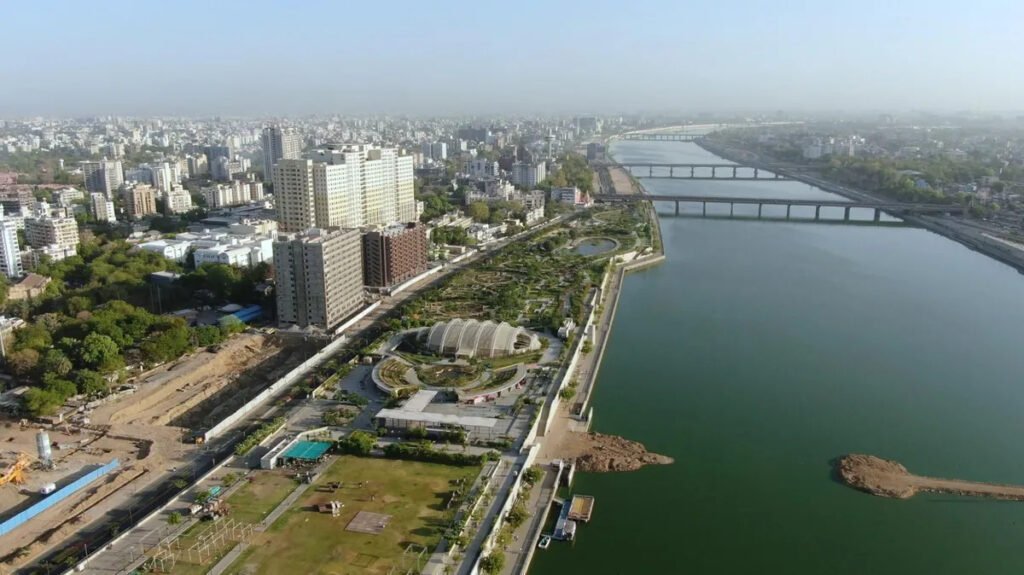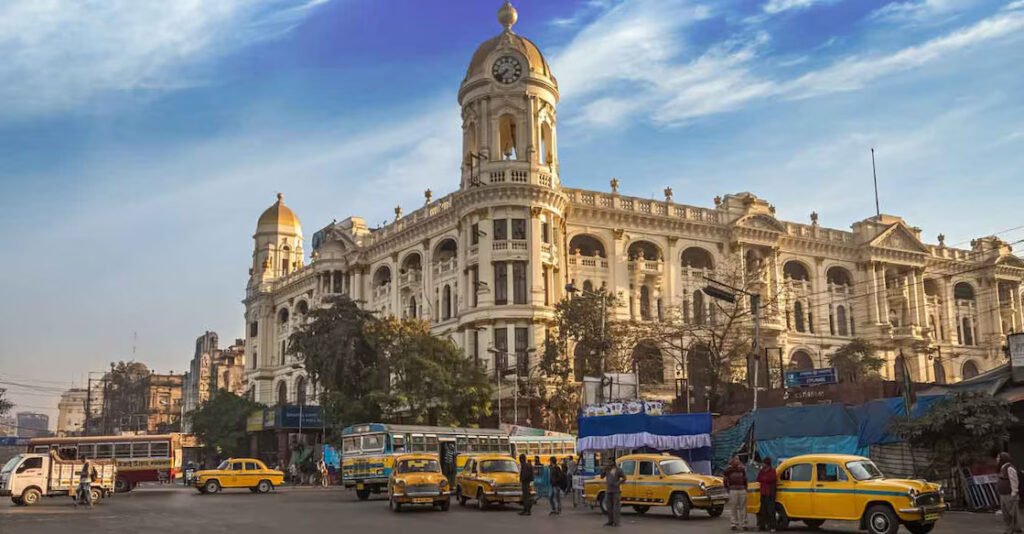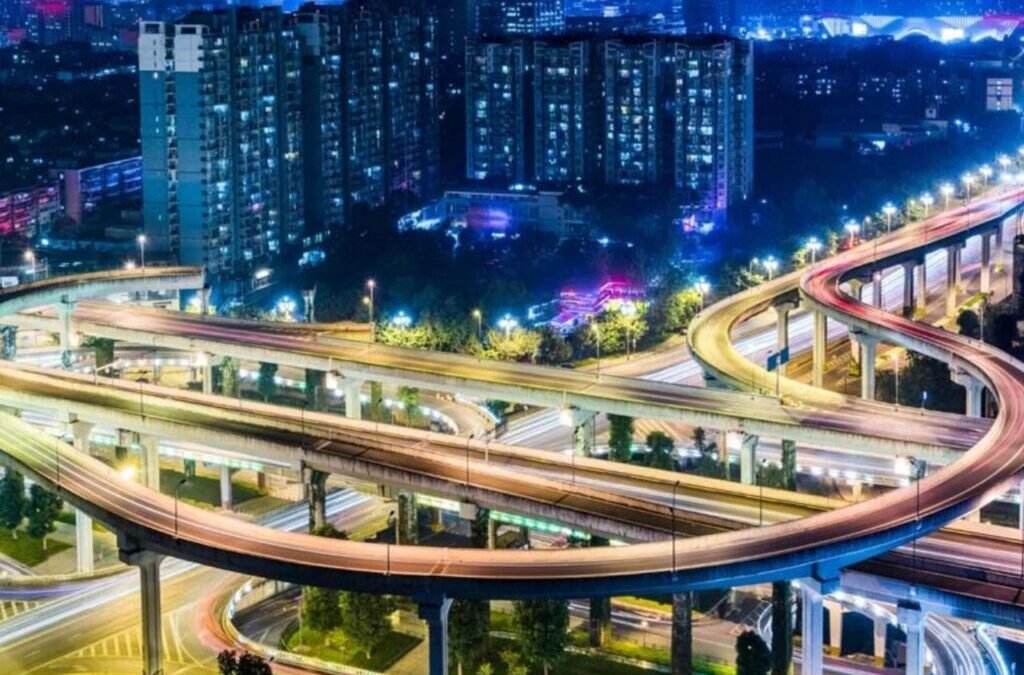Summary- Affordable housing is now becoming a reality in some Indian metros in 2025. The developments in the market dynamics are coupled with favourable policy changes from the RBI on income and consistent income growth and investment in improving civil infrastructure across these metros, make these the main contenders for home buyers interested in value.
Buying a home in a metro city in India is a dream for millions of people, but the constant rise in property prices generally renders that dream making it unrealizable for millions of families. In 2025, however, with developments in the market and changes in the market dynamics and policies, some metro cities are now relatively more affordable than others. They now have an opportunity to realize their dream of owning homes in affordable urban cities.
This article provides an overview of the cheapest metro cities in India to buy a home in 2025 based on the latest real estate affordability statistics and a review on current market trends.
Housing Affordability in Indian Metros
Affordability of housing is usually defined by the ratio of Equated Monthly Instalments (EMI) on a home loan to household income. The lower the EMI-to-income ratio, the more affordable it is , the best being for this ratio to be below 40%, and anything over 50% being unaffordable for the typical middle-class household. The Reserve Bank of India’s repo rate cuts will lower home loan EMIs in the country, helping prospective buyers with monthly affordability. However, property price changes, the local economy, employment, and infrastructure projects are also significant factors that would influence affordability at the city level.
1. Ahmedabad

At the top of the list is Ahmedabad, which in 2025 is the most affordable metro city in which to get into the housing market. According to Knight Frank India’s Affordability Index, a median homebuyer in Ahmedabad averages a home loan EMI equal to just 18% of their average monthly income, considerably below the 40% threshold. Ahmedabad’s affordability can be attributed to several factors, prices are lower than the comparable price points in Pune or Kolkata, the presence of jobs (especially in gas, oil, and electricity sectors), housing industries, and low cost of living compared to major capitals. There are also high level of future opportunities brought by Infrastructure projects associated with the re-establishment of one of India’s first metro systems that results in greater connectivity and livability. The city is particularly attractive to-
- First-time homebuyers and middle-class households
- Investors interested in long-term appreciation with steady economic growth
- Buyers concerned with cultural heritage as well as urban lifestyle
2. Pune

Next is the cosmopolitan Pune with an EMI-to-income ratio of 22%. Pune continues to rank relatively low on affordability, despite recent and rapid urbanization and economic growth, largely due to its strong education and IT centers, manufacturing facilities, and the emergence of metro rail expansions. The most popular residential growth corridors in Pune are Hinjewadi, Wagholi, Kharadi, and Ravet, all of which are experiencing urban development and improved connectivity and quality of life. Pune is highly desirable to both professional buyers and families with the background of a well-balanced work-life .
3. Kolkata

Kolkata is a best bet for the affordable housing with an EMI ratio of 25-26%. The city has big houses at relatively cheaper prices than the other metros, so it’s a great option for those looking for value for money. While its infrastructure development comes slower than Bengaluru or Hyderabad, Kolkata’s strong cultural heritage, developed neighborhoods, and relatively cheaper base prices make it a good option for budget buyers.
While urban areas such as Bengaluru, Hyderabad, and Chennai exhibit moderate affordability with ratios at the high twenties, Delhi NCR (Gurugram and Noida) is at a 30% ratio primarily due to rising property prices in spite of stable rates of interest.
Mumbai is still the most unaffordable among metros, although notable is its marginal relief, reducing the EMI burden to 50-51% of typical household income this year for the first time falling below the extreme 50% mark. This relief is largely due to falling home loan rates and not lower prices.
Also read: Top 10 Non-Metro Cities in India Offering the Best Quality of Life in 2025
Why Are Ahmedabad, Pune, and Kolkata Affordable?
- Ahmedabad- Convergence of industrial growth, cultural diversity, and modest property demand maintains prices reasonable.
- Pune- Growing IT and manufacturing industries drive income increases, while realty development is well planned.
- Kolkata- Mature residential areas and lesser construction costs enable roomier living quarters for less.
- Lower living expenses, improving employment opportunities, and favorable infrastructure schemes (such as expanding metro rail services) also increase affordability in these markets.
Effect of RBI Rate Reductions on Housing Affordability
- The lowering of the repo rate by 100 basis points since February 2025 by the Reserve Bank of India is one of the primary drivers of increasing affordability. This action,
- Reduced EMI values on house loans
- Improved liquidity in financial markets, stimulating credit growth
- Boosted purchasing capacity of middle-income households
- This economic loosening was especially advantageous for metros such as Ahmedabad, Pune, and Kolkata, in which homebuyers can now devote a smaller proportion of income to housing finance.
Future Prospects
Although property prices in metros are likely to increase modestly at 6.5% in 2025 and possibly 7.5% in 2026, affordability is likely to remain relatively sound thanks to the tie-ins of ongoing policy support from RBI and government housing programs, Infrastructure projects enabling improved connectivity and city expansion, Consistent income growth with corresponding living expenses. For those intending to purchase houses this year, investment in cities such as Ahmedabad, Pune, and Kolkata will yield the best return, along with quality city life.
Conclusion
If you’re seeking to buy a home in India’s major metros in 2025, Ahmedabad tops the list as the most affordable city, with Pune and Kolkata close behind, offering reasonable financial commitment on home loans. If you decide on your next real estate investment in housing and land amid the lower-cost metro cities, it should be noted, your real estate purchase is in line with the long-term economic development and social burden of the infrastructure. With the affordability data you just got and a keen insight for analysis with market trends, you will ultimately make the right decision on where your next house will be located amid the growing urban interlace network across India.
Written by Adithya Menon
The post 3 Most Affordable Metro Cities in India to Buy a House in 2025 – Which Would You Choose? appeared first on Trade Brains.

